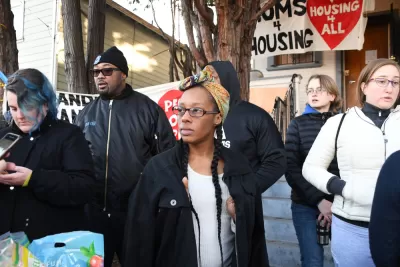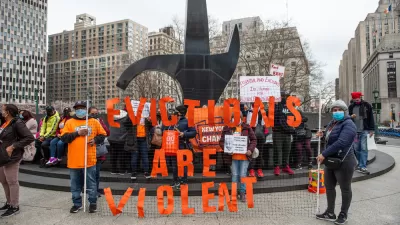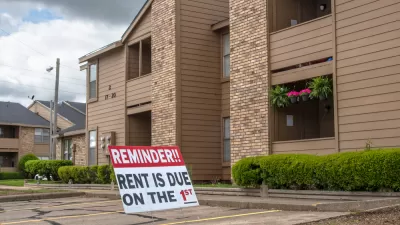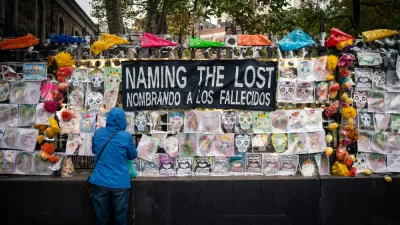Add the coronavirus pandemic to an already deeply troubled housing market and the Bay Area has a recipe for even more displacement in a region already facing a massive demographic shift.

The COVID-19 pandemic has had a disproportionate effect on the health and housing security of Black Americans, according to a survey conducted from July to August 2020 by National Public Radio, the Robert Wood Johnson Foundation, and the Harvard University T.H. Chan School of Public Health.
An article by Elliott Jones, an organizer and founder of Ensure Progress, examines the possibility that the economic effects of the pandemic might exacerbate the ongoing exodus of Black people from central Bay Area cities of Oakland and San Francisco.
According to Jones, "the startling increase in the cost of housing in San Francisco and Oakland has made displacement and gentrification all but inevitable." Moreover, "Over the past four decades, Black residents have been increasingly priced out of the home and rental markets in these two cities, with small bungalows that used to provide middle-class housing now regularly selling for over $1 million."
So Black people have for years already been moving to farther flung suburbs in the Bay Area, like Pittsburg, Antioch, and Concord; to exurbs like Stockton and Fairfield; and beyond, to other parts of the state and country.
"As a result of this movement, these communities have experienced a significant shift in their demographics. Fairfield now has a Black population of 16 percent. Stockton has a rising Black population of 14 percent, and 18 percent of Pittsburg’s population is Black," according to Jones.
Add to those trends the uncertainty and financial pressure of the pandemic, and the risk of even more displacement, and the trauma of dislocation that comes with it, is looming over the Bay Area.
It's a point that bears repeating as much as possible: While much of the conversation about the effects of the pandemic on the housing market have focused on the housing and lifestyle preferences of the wealthy and middle class property owners, much of the effect of the current economic disruption is likely to be created by more marginalized communities, who are moving by necessity rather than choice.
FULL STORY: Op-Ed: Pandemic Likely to Accelerate Black Exodus From SF and Oakland

Study: Maui’s Plan to Convert Vacation Rentals to Long-Term Housing Could Cause Nearly $1 Billion Economic Loss
The plan would reduce visitor accommodation by 25,% resulting in 1,900 jobs lost.

North Texas Transit Leaders Tout Benefits of TOD for Growing Region
At a summit focused on transit-oriented development, policymakers discussed how North Texas’ expanded light rail system can serve as a tool for economic growth.

Why Should We Subsidize Public Transportation?
Many public transit agencies face financial stress due to rising costs, declining fare revenue, and declining subsidies. Transit advocates must provide a strong business case for increasing public transit funding.

How to Make US Trains Faster
Changes to boarding platforms and a switch to electric trains could improve U.S. passenger rail service without the added cost of high-speed rail.

Columbia’s Revitalized ‘Loop’ Is a Hub for Local Entrepreneurs
A focus on small businesses is helping a commercial corridor in Columbia, Missouri thrive.

Invasive Insect Threatens Minnesota’s Ash Forests
The Emerald Ash Borer is a rapidly spreading invasive pest threatening Minnesota’s ash trees, and homeowners are encouraged to plant diverse replacement species, avoid moving ash firewood, and monitor for signs of infestation.
Urban Design for Planners 1: Software Tools
This six-course series explores essential urban design concepts using open source software and equips planners with the tools they need to participate fully in the urban design process.
Planning for Universal Design
Learn the tools for implementing Universal Design in planning regulations.
City of Santa Clarita
Ascent Environmental
Institute for Housing and Urban Development Studies (IHS)
City of Grandview
Harvard GSD Executive Education
Toledo-Lucas County Plan Commissions
Salt Lake City
NYU Wagner Graduate School of Public Service





























